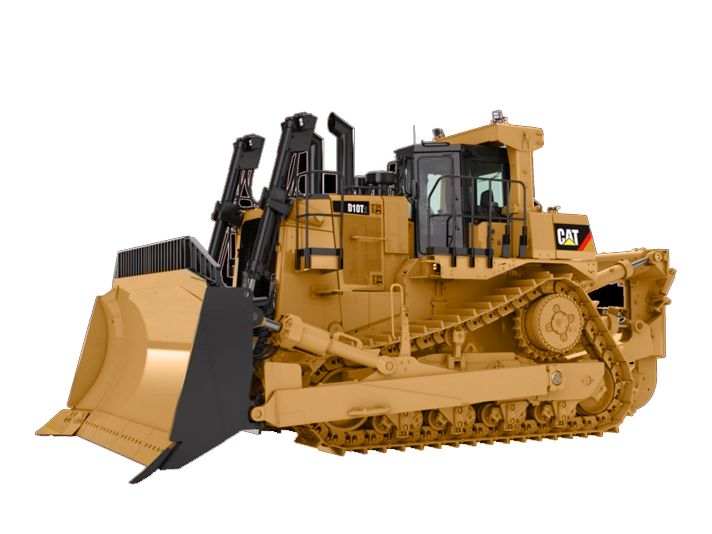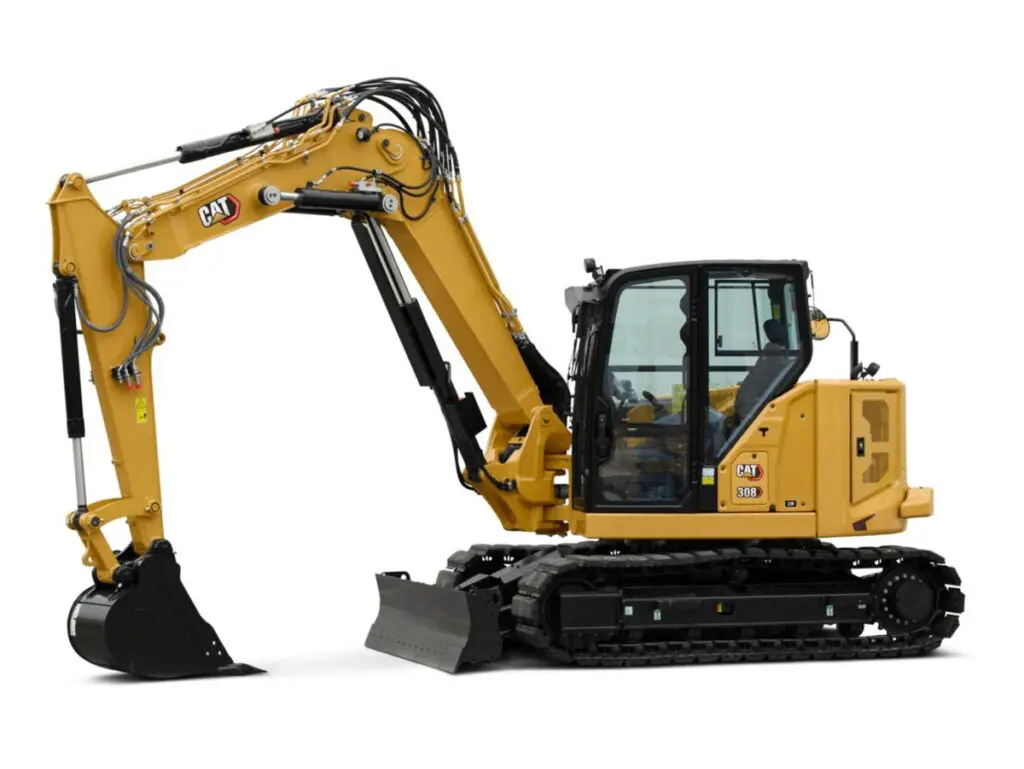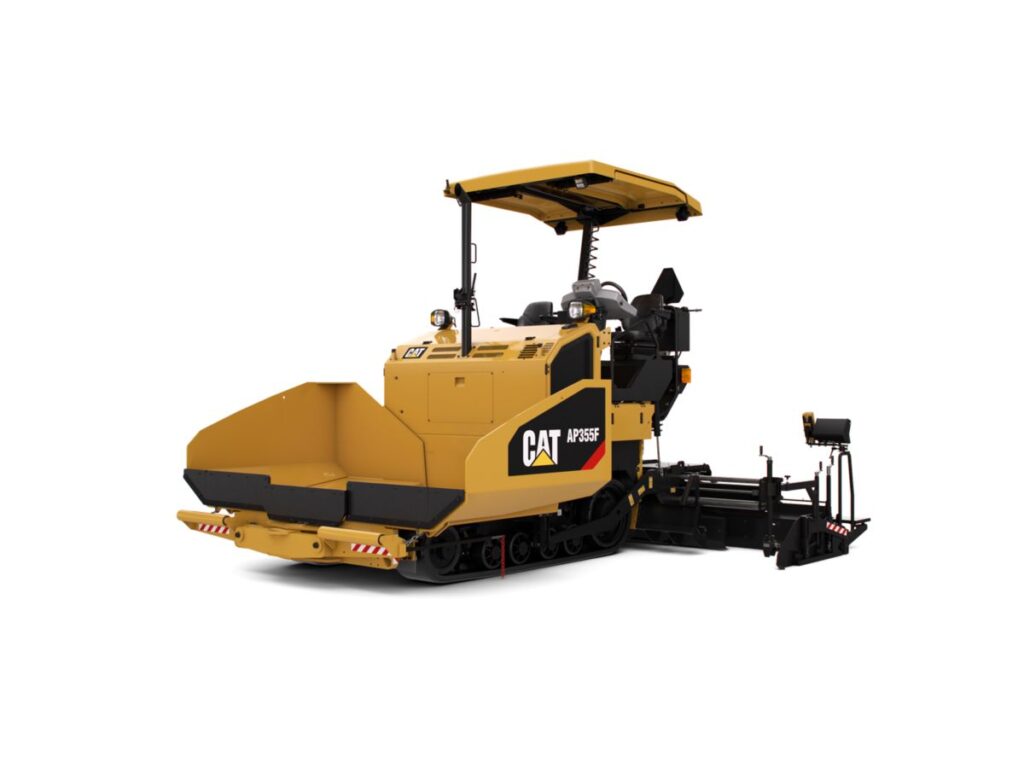Types of construction equipment and their uses are essential components in the building industry. Excavators, for example, are versatile machines used for digging trenches, holes, and foundations. They can also be equipped with different attachments like hammers or augers to perform various tasks efficiently. Bulldozers are powerful machines that are perfect for pushing large quantities of earth or rocks on construction sites.
They have a wide blade at the front that can be adjusted to control the depth of material being moved. Cranes play a crucial role in lifting heavy materials to great heights during construction projects. With their ability to hoist loads vertically and horizontally, cranes make it possible to construct tall buildings and bridges safely and effectively.
Finally, dump trucks are indispensable for transporting loose materials such as sand, gravel, or demolition waste from one location to another on-site or off-site. These types of construction equipment demonstrate how technology has advanced over time to provide efficient solutions for various tasks within the building industry.
Each machine serves a unique purpose in speeding up project timelines while ensuring safety standards remain high. Understanding the uses of these tools is critical for the successful completion of any construction project – whether it involves excavation work, land clearing operations or even erecting skyscrapers in urban settings where space constraints may pose challenges during development stages.
Pieces of machinery contribute significantly towards achieving desired outcomes on job sites by enabling workers to complete tasks more quickly than they could manually achieve using traditional methods alone; this makes them invaluable assets when tackling complex jobs
Backhoes
Backhoes are small tractor-like machines that can only rotate 200 degrees from side to side. They are often confused with excavators since they have similar excavation and lifting capabilities with excavators. However, Backhoes differ in size and functionality from excavators. While Backhoes are small tractor-like machines that can only rotate 200 degrees from side to side, excavators are enormous machines with buckets and booms that rotate 360 degrees. They are used to excavate materials and load them into trucks. Trenchers are heavy construction equipment used for excavating channels or trenches for drainage purposes and installation.
Compact Rollers
Compact rollers are a type of heavy construction equipment used at job sites to compact and level materials such as gravel, asphalt, and earth materials on roadways or construction sites. They are purposefully designed to create a stable ground surface for roadways or building structures. Different types of compact rollers serve specific purposes; sheep foot rollers are ideal for densely packed soils, pneumatic tired rollers work well with coarse gravels, and smooth wheeled rollers consolidate hardcore and stones while vibrating rollers can compact granular base courses efficiently.
Asphalt pavers play a crucial role in laying asphalt on various surfaces like roads and parking lots by spreading the material evenly before it is consolidated by a vibratory roller. Telehandlers provide versatile lifting capabilities for outdoor construction projects with their telescopic booms and various attachments. Dump trucks transport large volumes of materials across construction sites using hydraulic rams to dump them at designated locations.
Feller bunchers simplify tree harvesting processes by cutting down trees in an organized manner for further processing. Truck cranes assist in moving heavy loads at job sites with their self-propelled crane systems. Pile-driving machines drive piles into the ground without excavation, while pipelayers lay pipes underground during pipeline installations.
Boom lifts elevate workers to high workspaces safely using cherry pickers or basket cranes depending on the task at hand. Lastly, carry deck cranes offer low-profile lifting solutions in narrow spaces with overhead obstacles due to their small size and maneuverability within confined areas.”
Compact rollers are of different types such as:
- Sheepsfoot rollers: This type of roller is made up of a heavy steel drum with protruding rectangular or round feet also known as lugs. They are usually used for compacting heavily dense and fine-grained soils or earth materials for embankments, dams, road subgrade layers, or railway projects.
- Pneumatic tired roller: This type of compact roller is made up of a highly loaded wagon that has rows of tires that are closely spaced to provide uniform impact throughout the entire width covered by the roller. This is also known as rubber tires roller and is commonly used in road subgrade works to compact coarse gravels and soils and compact embankments already compacted by a sheepsfoot roller.
- Smooth wheeled roller: This type of roller is also another heavily loaded compactor with a large steel drum on the front side and either one or two wheels on the rear side. It is commonly used for the consolidation of hardcore, stones, ballast, and gravel.
- Vibrating roller: This type of roller is loaded with at most two smoothed surfaced steel drums, the drums rotate and vibrate by an eccentric shaft inside the drums. They are suitable for compaction and consolidation of granular base courses and also asphalt layers to greater depths compared to other rollers.
Asphalt Pavers
An asphalt paver is another common type of heavy construction equipment used for laying asphalt on public or private roads, parking lots, bridge decks, industrial sites, driveways, etc. On operation, a dump truck carrying prepared asphalt follows the asphalt paver behind dropping the asphalt into the paver. When it is full, the paver uses the dispersion or spreading augers to spread the asphalt across the leveled ground and provide some minor level of compaction before the surface is then rollover by a vibratory roller.
Telehandlers also called telescopic handlers a multifunctional lifting machines similar to forklifts but are usually used for outdoor constructions or bulk material lifting in a warehouse. Modern telehandlers come with a fitted telescopic boom with different lifting buckets or bucket grabs for relevant operations. There are different types of telehandlers ranging in their frame size, lift height, and load capacity. Dump Trucks Dump trucks, also known as dumper trailers or tipper lorrys as the case may be in different parts of the world, are some of the most common types of construction equipment usually used for moving construction materials such as soils, stones, boulders, gravel, or dirt from one location to another.
Dump trucks or trailers are made up of an open box bed attached to the rear with very powerful hydraulic rams for lifting the bed backward when depositing materials at the delivery site. Their ability to transport large volumes of materials at a time makes them very important and useful equipment in large construction projects. Feller Bunchers Feller bunchers are motorized vehicles with fitted apparatus to firmly grab and cut down trees.
Though they are very rare in the construction industry, these types of equipment are very useful as they help simplify work for log harvesters in providing timbers for construction. A typical feller buncher harvests trees dressed and stacks them for easy evacuation and transportation for further processing. Truck Cranes Truck cranes are special trucks designed specifically for lifting, lowering, and moving materials at construction sites. They are usually made up of a self-propelled crane that enables them to lift and lower load. A typical truck crane has two major components: The upper component: Which consists of the lifting crane and, The lower component: Which consists of the chassis or the undercarriage.
These two major components are fitted together by a turntable that enables the upper part of the crane to rotate around about 180 degrees for some of the cranes and 360 degrees for some other cranes.
Pile Driving Machines
TPile driving machines are an essential piece of construction equipment used to drive piles into the ground for a variety of purposes. There are several types of pile-driving machines, including diesel hammers, hydraulic hammers, and vibratory drivers. Diesel hammers use a piston powered by compressed air or explosions to drive piles into the ground with force. Hydraulic hammers operate similarly but use hydraulic power instead of compressed air.
Vibratory drivers work by vibrating the pile at high frequencies to help it penetrate the soil more easily. These machines are commonly used in building foundations, bridges, and other structures that require deep foundation support. Pile-driving machines play a crucial role in ensuring the stability and durability of construction projects by securely anchoring structures to the ground below. Their precision and power make them indispensable tools in modern construction practices.
Pipe Layers
Pipelayers are essential pieces of construction equipment used in the installation of underground pipelines. These machines are equipped with a specialized boom and counterweight system that allows them to lift and lay pipes into trenches with precision. Pipelayers come in various sizes, from compact models suitable for urban projects to larger units capable of handling massive pipes for industrial applications.
With their ability to handle different pipe diameters and materials, including concrete, steel, and plastic, pipe layers are versatile tools used in water supply systems, sewer lines, oil and gas pipelines, and telecommunications networks. The operator controls the machine using hydraulic systems that ensure smooth positioning of the pipes along the trench. Overall, pipe layers play a crucial role in streamlining pipeline construction projects by increasing efficiency and reducing manual labor requirements.
Boom Lifts
Boom lifts are a type of construction equipment that provides vertical access to elevated work areas. These machines feature an extendable arm, or boom, which can reach heights of up to 185 feet. Boom lifts are commonly used in construction projects for tasks such as installing and repairing electrical wiring, painting tall buildings, trimming trees, and conducting inspections at height.
They offer increased efficiency and safety compared to traditional methods like ladders or scaffolding. Additionally, boom lifts come in various sizes and configurations to suit different job requirements – from compact models for indoor use to larger machines with rough-terrain capabilities for outdoor applications. Overall, boom lifts play a crucial role in improving productivity and ensuring worker safety on construction sites.
Carry Deck Cranes
Carry deck cranes are versatile pieces of construction equipment that are commonly used in industrial settings, warehouses, and construction sites. These compact cranes feature a small footprint and a rotating boom mounted on an industrial truck chassis, making them ideal for lifting and moving materials in tight spaces or on uneven terrain.
Carry deck cranes typically have a maximum lifting capacity ranging from 8 to 15 tons, allowing them to handle heavy loads with ease. Their maneuverability and ability to navigate through confined areas make them invaluable for tasks such as loading and unloading materials onto trucks, placing steel beams during building construction, or positioning machinery in manufacturing facilities.
With their telescoping booms and adjustable outriggers, carry deck cranes offer flexibility and precision when it comes to lifting operations, making them essential tools for any job that requires heavy material handling in restricted spaces.





Hi, this is a comment.
To get started with moderating, editing, and deleting comments, please visit the Comments screen in the dashboard.
Commenter avatars come from Gravatar.
Great article thanks a lot!